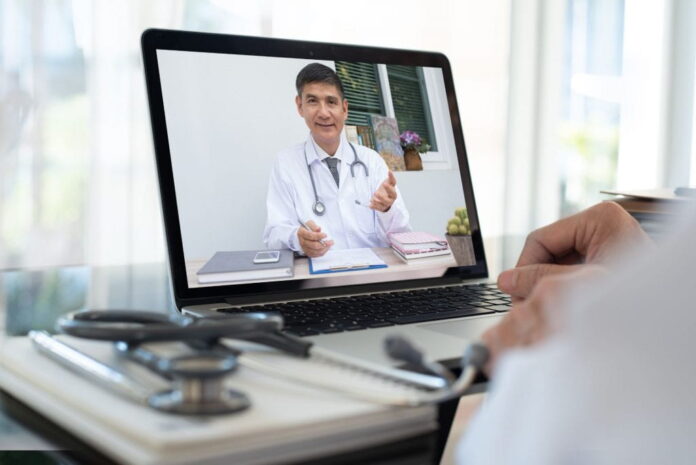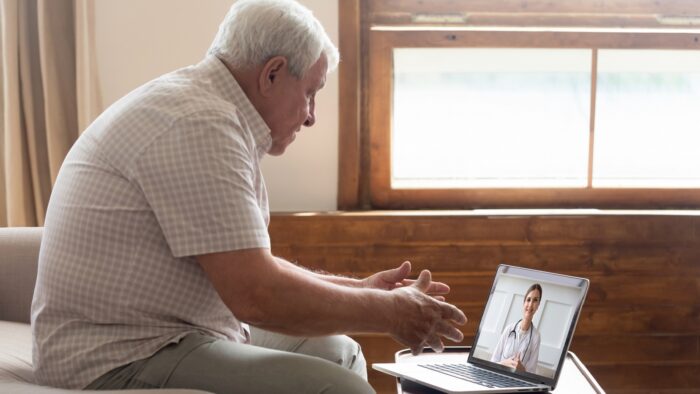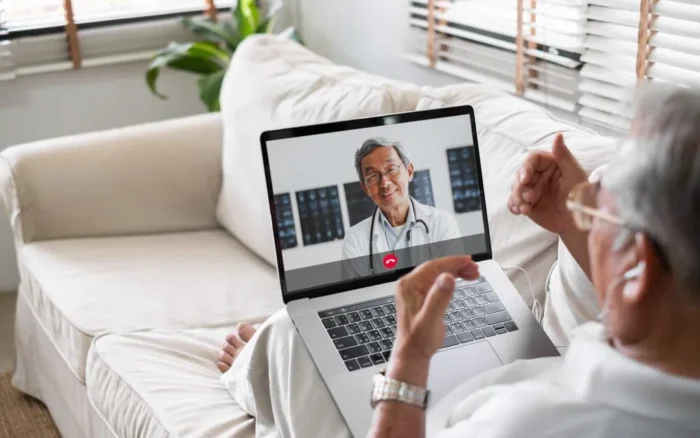
Telehealth has been an increasingly growing field and became particularly more mainstream during the global pandemic when many of us were in lockdown and unable to visit medical practitioners in person.
If you are new to this type of tech option and want to ensure you get the most out of virtual consultations this year and beyond, it pays to follow a few simple yet effective tips for success.
Get Your Tech Set Up Correctly and Safely

Start by getting your tech tools set up right. There’s no point making an appointment and then not getting much out of it because you can’t hear or see your doctor or they you, or because your computer freezes, crashes, or slows down too much. As such, it’s best to restart your device a little while before your appointment, check that your internet is working well, and test your audio and video outputs and inputs.
If you need to utilize a particular software program that the medical practitioner’s office wants you to download, give yourself plenty of time to add this before your appointment, test it, and learn how to use it. Alternatively, ask if a specific browser works better for their telehealth appointments, such as Chrome, Internet Explorer, or Firefox.
It’s worth shutting a lot of tabs if you have many open on your browser and closing programs that don’t need to be used while you’re chatting with your doctor, too. In addition, check the lighting levels and camera positions. You’ll likely need to show a part of your body to a medical professional on the call, and they need to be able to see well, so ensure you’re adequately lit and able to show yourself clearly on camera.
Digital security is crucial, too. You need to protect yourself and your data by keeping hackers at bay during your online conversation and at all other times, too, of course. To help with this, download comprehensive security software that offers excellent identity security and warns you of real-time threats. It should also cover you against viruses, spyware, spam, ransomware, and other malware and hacker break-in attempts.
Concentrate on Your Conversation and Avoid Distractions

Next, to ensure you get the most possible out of your appointment, you need to concentrate on the conversation you have. To do this, find ways to keep distractions at bay. For example, put your pet(s) outside during your telehealth session or get your children babysat by a friend or family member. Close windows and doors so outside noise doesn’t intrude, and ask your partner, family, flatmates, etc., to keep TV, stereo, phone, and other sounds low while you have your digital session.
In addition, find a quiet place, preferably behind a closed door, where you can chat without being distracted by anyone else walking or completing other tasks nearby. Don’t try to multitask, either. Give all your attention to the medical practitioner before you so you don’t miss any information or provide them with the wrong details.
Understand What Can and Can’t Be Achieved on Telehealth Appointments

Another tip for telehealth success is to be clear about what can and can’t be achieved with these virtual sessions. While they’re convenient for many people in many situations, they’re unable to solve every issue. It’s better to set reasonable expectations about what you can achieve and work with any limitations.
For example, telehealth provides more convenience and flexibility since you can sign in for a chat no matter where you may be. It also saves time because you don’t have to travel to a clinic, try to find a park or get public transportation, and wait for your name to be called when the doctor is ready to see you.
Another benefit of online medical appointments is that it’s mentally and emotionally less taxing for some to chat about health concerns over the internet rather than in person. You can feel more relaxed and comfortable at home when you’re not conscious of other people being around, and you may find it less awkward not being close to the practitioner you’re divulging personal details to. If you struggle with mobility, telehealth can be a big help, too.
However, this doesn’t mean there aren’t some downsides to be aware of. For example, you may still need to go in and see a doctor in person for them to properly diagnose a condition or run tests, since not everything is visible or can be completed digitally. Also, you may not be able to receive certain prescriptions digitally, and you may not receive an appointment with a local doctor that you can go and meet in person at a later stage (depending on the health service you use).
All in all, though, telehealth boasts more pros than cons and is well worth trying out to see if you like it for your personal needs. Search online for available services or ring your usual practitioner’s office to see if remote appointments are available. Regardless of the type of doctor you need to see, you should find some online appointments possible.
















